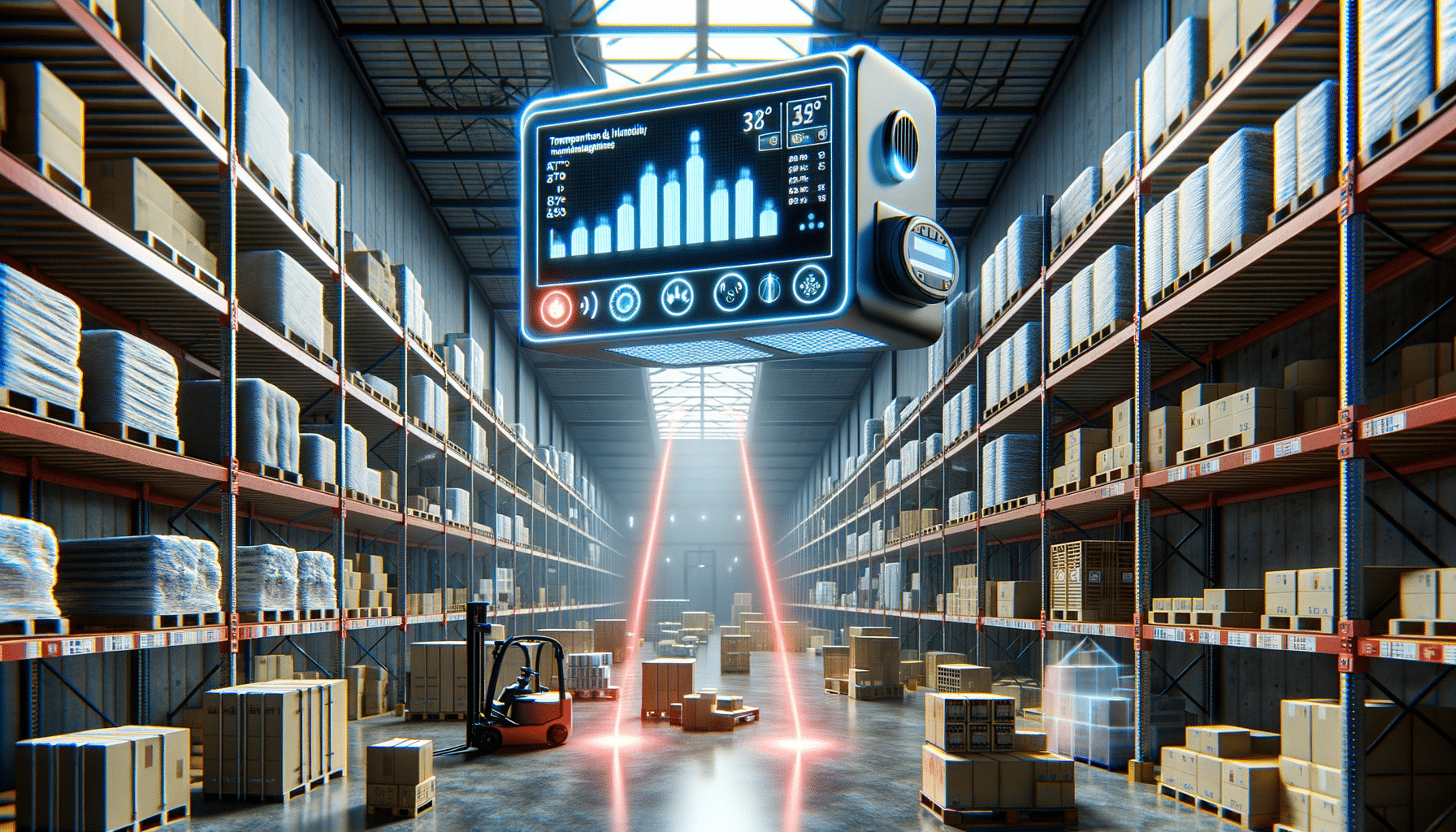
Mastering Environmental Control: The Role of Temperature and Humidity Monitoring in Warehouses
Introduction to Temperature and Humidity Monitoring
In the ever-evolving world of logistics and storage, maintaining optimal conditions within a warehouse is more critical than ever. Temperature and humidity monitoring play a pivotal role in preserving the quality and longevity of stored goods. Whether dealing with perishable items, sensitive electronics, or other temperature-sensitive products, the ability to control and monitor environmental conditions can mean the difference between success and failure. This article explores the intricacies of temperature and humidity monitoring in warehouses, highlighting its importance, methods, and technological advancements.
Importance of Environmental Control in Warehouses
Warehouses serve as the backbone of supply chain management, and their efficiency directly impacts the quality of products reaching consumers. Temperature and humidity levels can significantly affect the integrity of stored goods. For instance, excessive humidity can lead to mold growth, corrosion, or spoilage, while inappropriate temperatures can degrade materials or reduce shelf life. Implementing a robust monitoring system helps mitigate these risks by ensuring that environmental conditions remain within specified parameters.
Moreover, regulatory compliance often mandates strict adherence to environmental standards, especially for industries dealing with pharmaceuticals, food, and chemicals. Failure to maintain these standards can result in financial penalties or, worse, jeopardize consumer safety. Thus, understanding and controlling warehouse environments is not just about preserving goods but also about upholding industry standards and enhancing overall operational efficiency.
Technological Advancements in Monitoring Systems
Advancements in technology have revolutionized the way warehouses monitor temperature and humidity. Modern systems offer real-time data collection and analysis, providing warehouse managers with instant insights into environmental conditions. These systems often integrate with IoT devices, enabling remote monitoring and control through cloud-based platforms. This connectivity ensures that any deviations from set parameters are promptly addressed, minimizing potential damage to stored goods.
Furthermore, the use of wireless sensors and automated alerts enhances the responsiveness of warehouse operations. By employing predictive analytics, these systems can forecast potential environmental changes, allowing for proactive adjustments. This level of sophistication not only safeguards products but also streamlines warehouse management, reducing costs and improving efficiency.
Challenges in Implementing Monitoring Systems
Despite the clear benefits, implementing temperature and humidity monitoring systems in warehouses presents several challenges. One major hurdle is the initial investment cost, which can be substantial depending on the size and complexity of the warehouse. Additionally, integrating these systems with existing infrastructure may require significant modifications and technical expertise.
Another challenge lies in the maintenance and calibration of monitoring equipment. Ensuring that sensors and devices remain accurate over time is crucial for reliable data collection. Regular maintenance schedules and calibration checks are necessary to prevent discrepancies that could lead to incorrect environmental assessments.
Lastly, data management and interpretation can be daunting, particularly for warehouses handling large volumes of information. Employing skilled personnel or training existing staff to effectively interpret and act on data insights is essential for maximizing the benefits of monitoring systems.
Conclusion: Embracing Environmental Monitoring for Future Success
As the demands on supply chain efficiency and product quality continue to rise, the role of temperature and humidity monitoring in warehouses becomes increasingly vital. By embracing modern monitoring technologies, businesses can enhance their operational capabilities, ensure regulatory compliance, and protect their investments. While challenges exist, the long-term benefits of implementing robust environmental control systems far outweigh the initial hurdles. As warehouses evolve, so too must the strategies employed to maintain optimal conditions, ensuring success in a competitive market.


